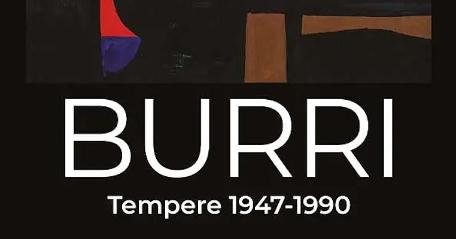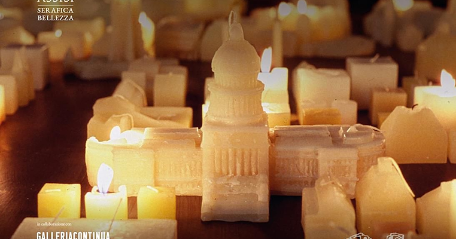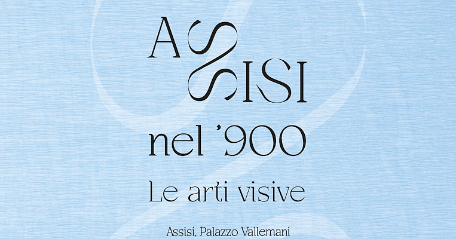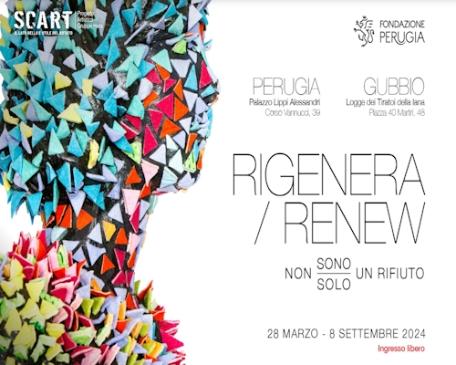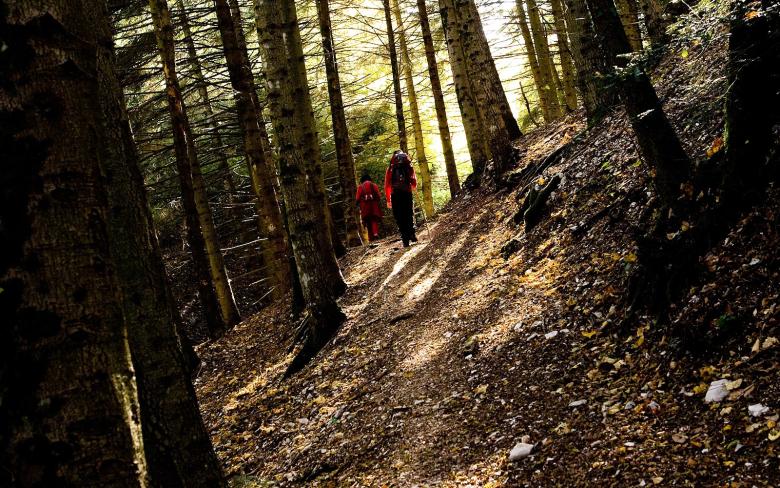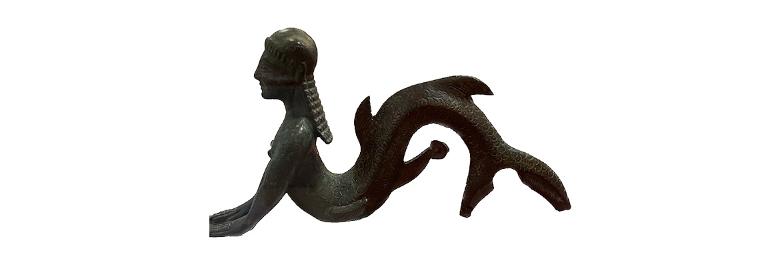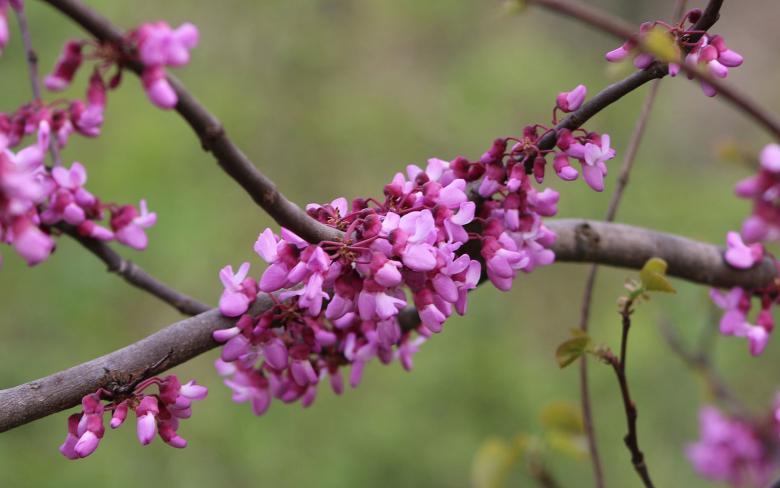The first chapel on the right, known as the Madonna del Carmine or Saint Anthony chapel, belonged to the Confraternity of the Blessed Sacrament and of Mercy. The painting depicts the Madonna del Carmine with Saints Anthony of Padua, Vito, Anthony Abbot and Filippo Neri. The artist is unknown, as well as the exact date of its execution, but it could be placed in the mid-17th century. The group of the Madonna and Child is slightly to the left in order to give harmony to the group of figures. Leading the eye up through a winding path, this composition ends at the left with two cherubs and a cloud covering the scene. The statue of St. Michael the Archangel is in the upper part of the chapel. This is a copy of a work by Andrea Sansovino, and one of the works coming from the religious situations preceding this church.
The second chapel on the right, currently known as the Madonna chapel, was originally the altar dedicated to St. Bernardino of Siena, brought here with its benefits from another church.
The first chapel on the left was of a noble family of Todi, the Gentiloni, and dedicated to St. Ursula. It is certainly the most baroque of all: the unique one without a rigid composition like the others, following the vertical development of the church.
The last chapel, the second left, was run by the Confraternity of the Holy Rosary. It is the altar of Our Lady of the Rosary, and the name derives from the valuable altarpiece decorating it, mature work by the most important painter of the early Baroque in Todi, Andrea Polinori, depicting the Madonna of the Rosary and saints. Among them it’s possible to recognize St. Dominic and St. Catherine of Siena in the foreground, while those in the background are not recognizable.


















